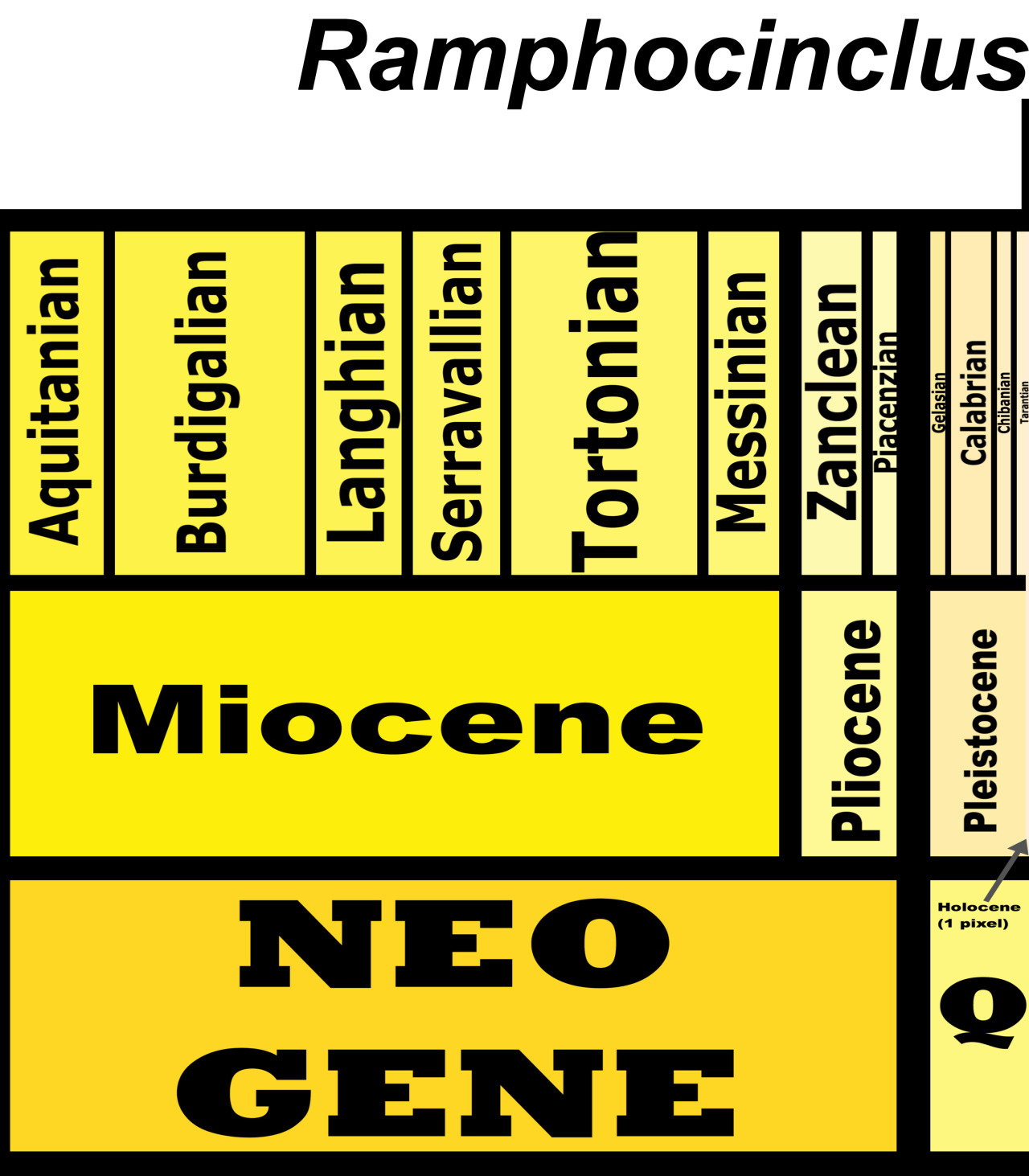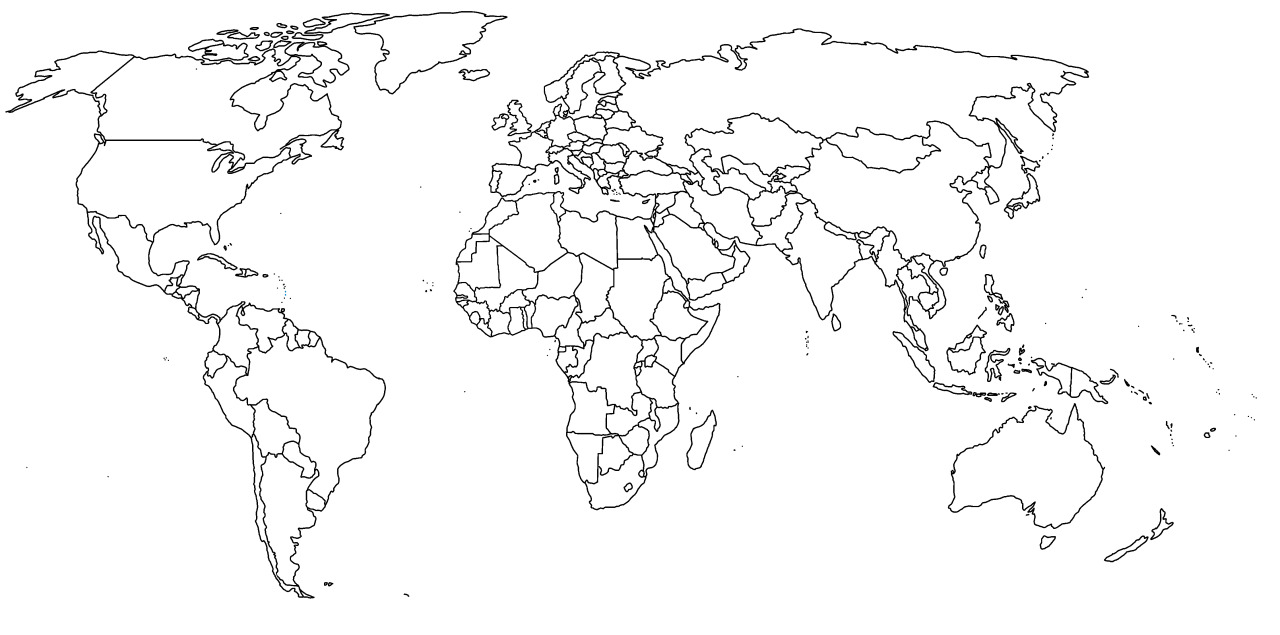
By Philip Lutley Sclater, in the Public Domain
Etymology: Thrush
First Described By: Lafresnaye, 1843
Classification: Dinosauromorpha, Dinosauriformes, Dracohors, Dinosauria, Saurischia, Eusaurischia, Theropoda, Neotheropoda, Averostra, Tetanurae, Orionides, Avetheropoda, Coelurosauria, Tyrannoraptora, Maniraptoromorpha, Maniraptoriformes, Maniraptora, Pennaraptora, Paraves, Eumaniraptora, Averaptora, Avialae, Euavialae, Avebrevicauda, Pygostaylia, Ornithothoraces, Euornithes, Ornithuromorpha, Ornithurae, Neornithes, Neognathae, Neoaves, Inopinaves, Telluraves, Australaves, Eufalconimorphae, Psittacopasserae, Passeriformes, Eupasseres, Passeri, Euoscines, Passerides, Core Passerides, Muscicapida, Muscicapoidea, Mimidae
Status: Extant, Endangered
Time and Place: Within the last 10,000 years, in the Holocene of the Quaternary


The White-Breasted Thrasher is known from the islands of Martinique and Saint Lucia, in the Lesser Antilles off the northern coast of South America

Physical Description: The White-Breasted Thrasher is a medium sized perching bird, about 20 to 23 centimeters in length. It’s brown on its back, with a fairly long tail, and a plump body. Its chest and neck are white colored, its head is mostly brown, and it has black patches around the eye. It has a long, narrow, sharp beak, and fairly long legs. Males are larger than the females, but otherwise the sexes are mostly similar.
Diet: The White-Breasted Thrasher feeds mainly on insects and other arthropods on the ground, and it’ll also eat some small vertebrates like lizards and frogs, as well as fruits and berries.
Behavior: This bird will mainly forage on the ground, skittering through high vegetation and searching the leaf litter for sources of prey. It’s long legs allow it to move better and reach more food on the ground, rather than in the trees. They’ll call to each other with short, soft phrases, usually like chek-chek-chek and tsch-tsch-tsch, as well as grok-grok-grok. They do not migrate, but remain on one of the two islands they’re known from their whole lives. They start breeding in April and continue through August; they’ll help each other with building nests and caring for young in large cooperative breeding clusters. They will lay their eggs about 1 to 8 meters off the ground, usually in shrubs and saplings, depending on the island of dwelling. They lay 2 green-blue eggs, which are incubated for two weeks and then cared for in the nest for two more weeks. The fledglings are dependent on their parents for about half a year.
Ecosystem: The White-Breasted Thrasher lives in dry woodlands and coastal thickets, as well as in stream valleys, on this small islands. There is little cover in their environments; and it never ranges into rainforests. They tend to be preyed upon by small mammals, and are especially vulnerable to egg predation. They are especially vulnerable to opossums, mongooses, rats, broad-winged hawks, rats, cats, and boa constrictors.
Other: Give n its extremely limited habitat within an extremely limited range, the White-Breasted Thrasher is very endangered; there are only about 2000 breeding adults at maximum. It can coexist with its predators, however introduced mammalian predators have added extreme stress on top of the habitat destruction. Rat extermination and mongoose capture are programs in place to try and help the populations remain stable.
~ By Meig Dickson
Sources
Cody, M. (2019). White-breasted Thrasher (Ramphocinclus brachyurus). In: del Hoyo, J., Elliott, A., Sargatal, J., Christie, D.A. & de Juana, E. (eds.). Handbook of the Birds of the World Alive. Lynx Edicions, Barcelona.
Jobling, J. A. 2010. The Helm Dictionary of Scientific Bird Names. Christopher Helm Publishing, A&C Black Publishers Ltd, London.
